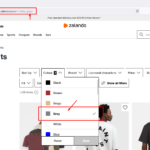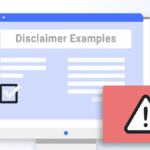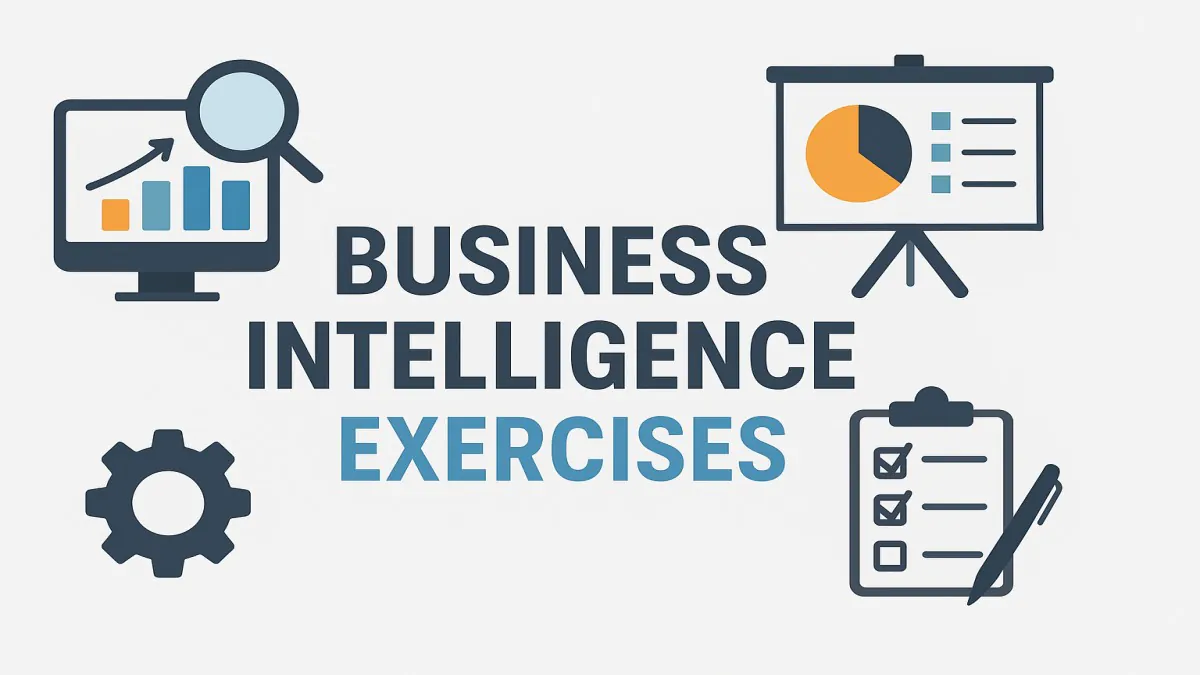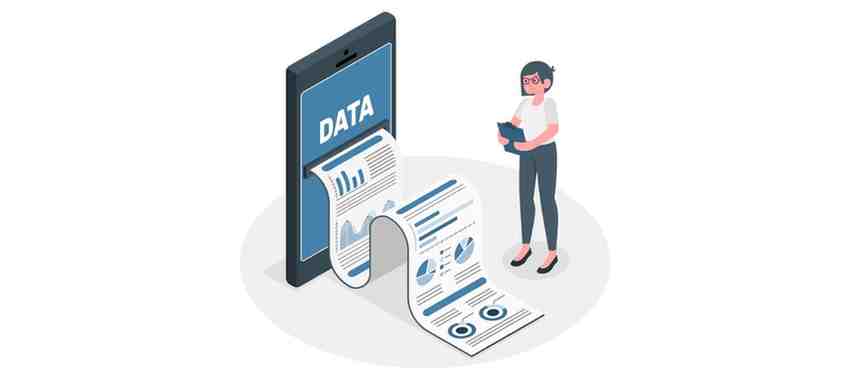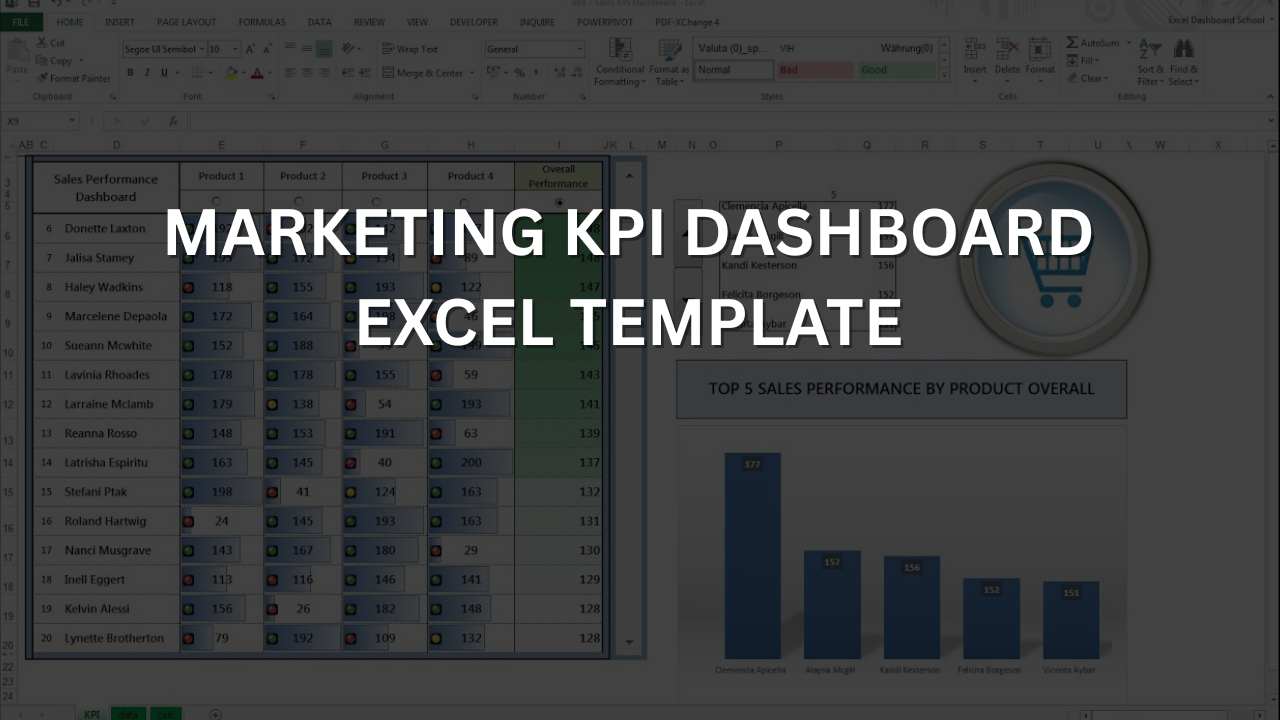In today’s fast-paced business landscape, data drives success. Companies that harness information effectively gain a competitive edge, spotting trends, optimizing operations, and predicting customer needs before competitors do. Business intelligence (BI) transforms raw data into actionable insights, but many professionals struggle to move beyond theory into practice. This is where business intelligence exercises come in hands-on activities that build skills, reveal patterns, and bridge the gap between data collection and decision-making.
Whether you’re a business analyst, manager, or entrepreneur, practicing business intelligence exercises sharpens your ability to interpret dashboards, query databases, and derive meaning from numbers. These exercises don’t require expensive tools or advanced degrees; many use free platforms like Google Data Studio, Microsoft Power BI (free tier), or Excel. In this comprehensive guide, we’ll explore practical business intelligence exercises you can implement today, complete with step-by-step instructions, real-world examples, and measurable outcomes. By the end, you’ll have a toolkit to turn data chaos into strategic clarity.
What Is Business Intelligence and Why Practice It?
Business intelligence encompasses the strategies and technologies used to analyze data and deliver actionable information. It includes data mining, reporting, online analytical processing (OLAP), and predictive analytics. According to Gartner, organizations using BI effectively see up to 5x higher decision-making speed compared to peers relying on intuition alone.
Practicing business intelligence exercises builds muscle memory for real scenarios. Just as athletes train with drills, BI practitioners refine techniques through structured activities. These exercises improve data literacy, reduce analysis paralysis, and foster a data-driven culture. A 2023 Deloitte survey found that 67% of executives believe BI skills gaps hinder growth regular practice closes that gap.
External resource: Gartner’s Magic Quadrant for Analytics and BI Platforms
Getting Started: Essential Tools for Business Intelligence Exercises
Before diving into exercises, set up your environment. Most business intelligence exercises require:
- Data Sources: CSV files, public datasets (e.g., Kaggle), or SQL databases.
- BI Tools: Power BI Desktop (free), Tableau Public, Google Data Studio, or Python with Pandas/Matplotlib.
- Sample Datasets: Use open sources like the UCI Machine Learning Repository or government portals.
| Tool | Cost | Best For | Learning Curve |
|---|---|---|---|
| Microsoft Power BI | Free (Desktop) | Interactive dashboards, DAX queries | Moderate |
| Tableau Public | Free | Visual storytelling, drag-and-drop | Low |
| Google Data Studio | Free | Web-based reporting, Google integrations | Low |
| Excel + Power Query | Free (with Office) | Quick analysis, pivot tables | Very Low |
| Python (Pandas/Seaborn) | Free | Advanced scripting, automation | High |
Core Business Intelligence Exercises for Beginners
Exercise 1: Sales Dashboard Creation
Objective: Visualize revenue trends to identify top-performing products.
Steps:
- Import a sales dataset (e.g., Superstore sample from Tableau).
- Create calculated fields: Profit Margin = (Profit / Sales) * 100.
- Build visuals: Line chart for monthly sales, bar chart for category performance.
- Add filters for region and time period.
Insight Gained: In the Superstore dataset, the Technology category often yields 15-20% higher margins than Furniture, guiding inventory decisions.
Time Required: 45 minutes Tool: Power BI or Google Data Studio
This foundational exercise in business intelligence exercises teaches data modeling and visual hierarchy.
Exercise 2: Cohort Analysis for Customer Retention
Objective: Measure how long customers stay engaged post-purchase.
Steps:
- Use an e-commerce dataset with CustomerID, OrderDate, and FirstPurchaseDate.
- Calculate cohort month: CohortMonth = MONTH(FirstPurchaseDate).
- Compute retention rate: % Retained = Active Customers in Period N / Total in Cohort.
- Visualize as a heatmap.
Real-World Example: A subscription box company found Month 3 retention dropped 40% for customers acquired via social media ads versus email campaigns, prompting ad platform shifts.
Pro Tip: Use SQL for scalability:
SELECT
DATE_TRUNC('month', first_purchase) AS cohort_month,
DATE_TRUNC('month', order_date) AS order_month,
COUNT(DISTINCT customer_id) AS customers
FROM orders
GROUP BY 1, 2;Intermediate Business Intelligence Exercises
Exercise 3: Predictive Sales Forecasting with Trend Lines
Objective: Forecast Q4 revenue using historical patterns.
Steps:
- Load 3+ years of monthly sales data.
- Apply a linear regression trend line in Tableau or Power BI.
- Validate with R-squared value (>0.7 indicates strong fit).
- Scenario-test: “What if holiday sales increase 20%?”
Outcome: A retail chain predicted $1.2M Q4 revenue with 92% accuracy, adjusting staffing accordingly.
Advanced Variation: Use Python’s Prophet library for time-series forecasting.
Exercise 4: KPI Tracking Dashboard with Conditional Formatting
Objective: Monitor operational health in real time.
Key KPIs:
- Customer Acquisition Cost (CAC)
- Net Promoter Score (NPS)
- Inventory Turnover Ratio
Steps:
- Define benchmarks (e.g., CAC < $150).
- Use conditional formatting: Red/Yellow/Green gauges.
- Set alerts for deviations >10%.
| KPI | Formula | Target | Actual (Example) | Status |
|---|---|---|---|---|
| CAC | Marketing Spend / New Customers | <$150 | $142 | Green |
| NPS | % Promoters – % Detractors | >50 | 62 | Green |
| Inventory Turnover | COGS / Avg Inventory | >6 | 5.2 | Yellow |
This exercise in business intelligence exercises ensures alignment across departments.
Advanced Business Intelligence Exercises
Exercise 5: Anomaly Detection in Financial Data
Objective: Flag fraudulent or unusual transactions.
Steps:
- Use Z-score method: Z = (Value – Mean) / StdDev.
- Flag transactions with |Z| > 3.
- Visualize outliers in a scatter plot.
Case Study: A bank reduced false positives by 60% after implementing this in Power BI, focusing audits on high-risk entries.
Exercise 6: Sentiment Analysis from Customer Reviews
Objective: Quantify brand perception.
Steps:
- Scrape reviews (ethically) or use datasets like Amazon Reviews.
- Apply text analytics in Power BI or Python (NLTK/VADER).
- Score sentiment: Positive (>0.5), Neutral, Negative (<-0.5).
- Correlate with sales data.
Insight: Negative sentiment spikes often precede 10-15% revenue dips, enabling proactive PR.
Integrating Business Intelligence Exercises into Team Workflows
Make business intelligence exercises a team habit:
- Weekly BI Huddles: 30-minute sessions to review one dashboard.
- Hackathons: Compete to solve a business problem using public data.
- Certifications: Encourage Microsoft Certified: Data Analyst Associate.
Link to internal playbook: Sample BI Exercise Template
Common Pitfalls in Business Intelligence Exercises (And How to Avoid Them)
- Garbage In, Garbage Out: Always validate data sources. Use ISNULL() checks in SQL.
- Overcomplication: Start with 3-5 metrics; avoid “dashboard clutter.”
- Static Reporting: Schedule auto-refreshes in Power BI.
- Ignoring Stakeholders: Involve end-users during design.
Measuring ROI from Business Intelligence Exercises
Track these metrics post-implementation:
| Metric | Before BI Exercises | After 3 Months | Improvement |
|---|---|---|---|
| Decision Time | 5 days | 1 day | 80% |
| Report Accuracy | 72% | 96% | 33% |
| Employee BI Confidence (Survey 1-10) | 4.8 | 8.1 | 69% |
A mid-sized logistics firm reported $180K annual savings from optimized routing identified via business intelligence exercises.
FAQ
1. What are the best free tools for business intelligence exercises?
Power BI Desktop, Tableau Public, and Google Data Studio offer robust free tiers ideal for beginners. Start with Power BI for its DAX language and integration with Excel.
2. How often should teams practice business intelligence exercises?
Weekly 1-hour sessions maintain skills without burnout. Monthly deep-dive projects tackle complex datasets.
3. Can small businesses benefit from business intelligence exercises?
Absolutely. A local café used Google Data Studio to track peak hours, increasing revenue 18% by adjusting staffing.
4. What datasets are recommended for business intelligence exercises?
Try Kaggle’s “Retail Sales Dataset,” UCI’s “Online Retail,” or government open data portals. Avoid sensitive internal data initially.
5. How do business intelligence exercises differ from data analytics?
BI exercises focus on reporting and dashboards for decision-makers; data analytics dives deeper into statistical modeling and machine learning.
6. Are coding skills required for business intelligence exercises?
Not always. Tools like Power BI use drag-and-drop, but SQL and Python enhance advanced exercises.
7. How can I scale business intelligence exercises across departments?
Create a shared BI portal (e.g., Power BI Service) with role-based access. Standardize templates and host quarterly “BI Showcases.”
Conclusion
From sales forecasting to anomaly detection, business intelligence exercises transform theoretical knowledge into tangible results. By starting small—perhaps with a single dashboard—and progressively tackling complex scenarios, you build a data-driven mindset that permeates your organization.
Don’t wait for the next crisis to demand insights. Download a sample dataset today, pick one exercise from this guide, and schedule your first BI session. Your future decisions—and bottom line—will thank you.

